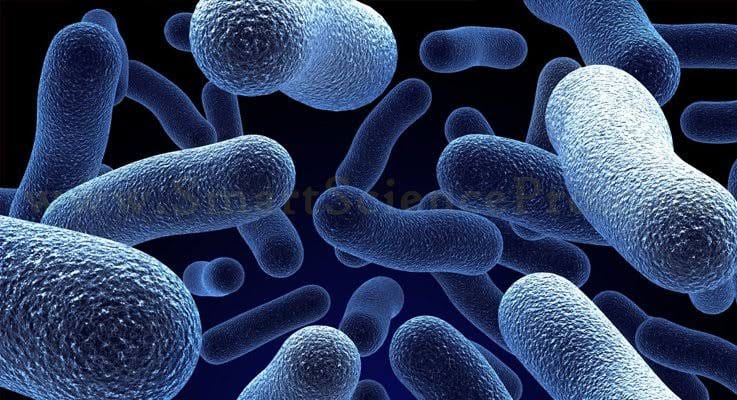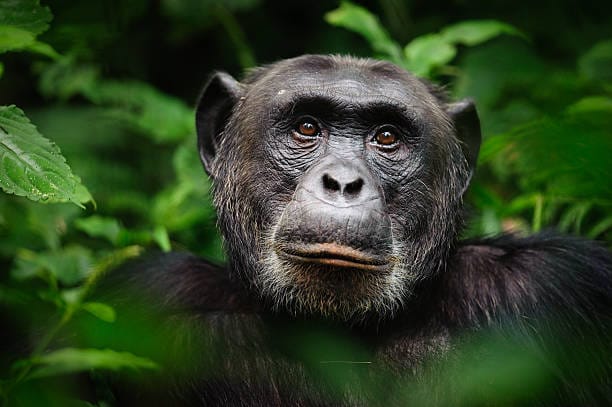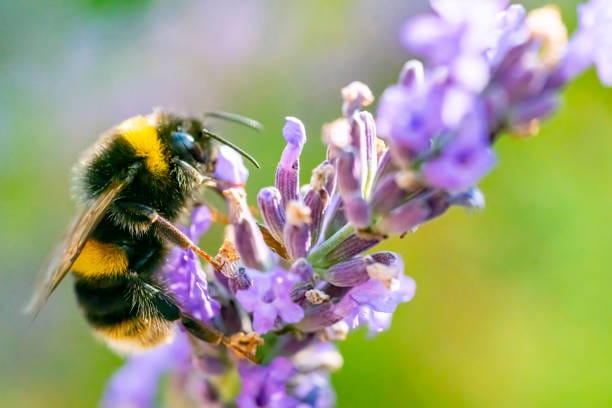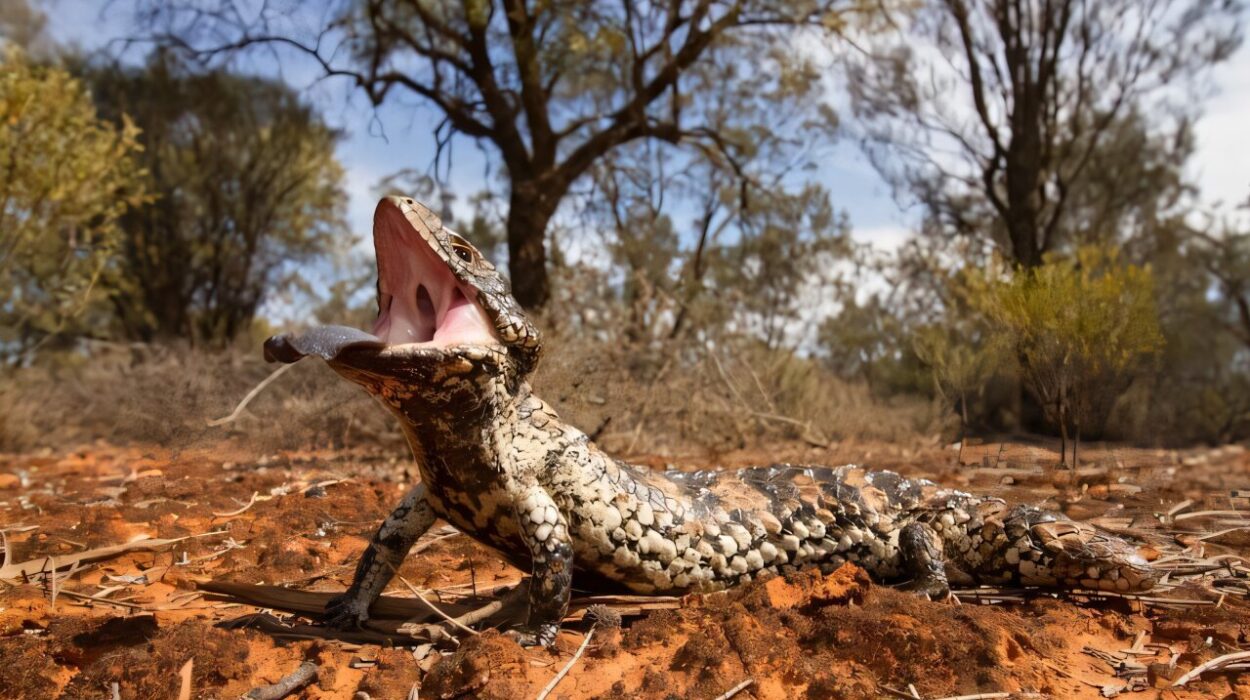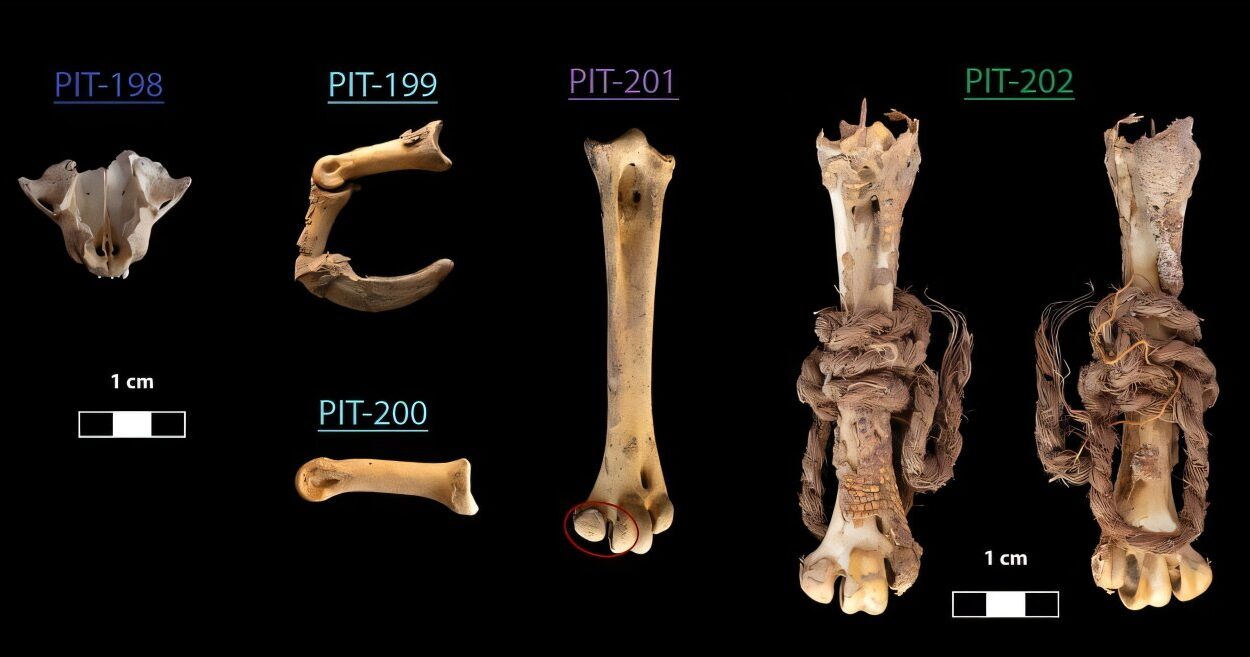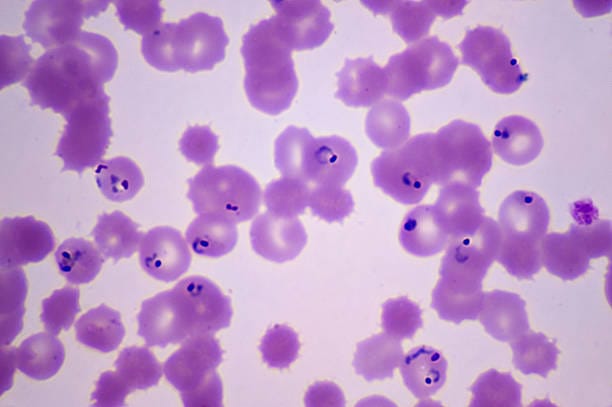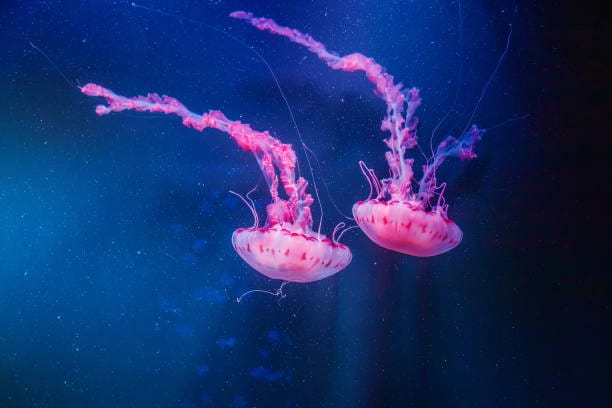To the naked eye, the world is what we see—trees, rivers, animals, cities, people. But beneath this visible tapestry lies a vast, dynamic universe invisible to us: the world of microorganisms. They thrive in boiling hot springs and frozen polar ice, in the deepest ocean trenches and the human gut. They float through the air, crawl in the soil, and flourish in places no other lifeform dares to tread. This unseen world is not a fringe part of biology—it is its very foundation.
For centuries, humans were oblivious to the existence of these minute beings. It was not until the invention of the microscope in the 17th century that our understanding of life expanded to include these hidden players. But simply seeing them was not enough. As the microscope opened new realms of life, biologists began to ask fundamental questions: What are these tiny organisms? How are they related to one another? How can we organize them in a way that makes sense?
This curiosity gave birth to the science of microbial classification. The journey of classifying microorganisms—of organizing the invisible biosphere—is both an intellectual adventure and a tale of evolving human understanding. It is a story of how we imposed order on microbial chaos, and in doing so, discovered that life is far stranger, more diverse, and more beautiful than we ever imagined.
The First Steps: A World Divided
The earliest attempts to classify life were necessarily crude. The ancient Greeks, including Aristotle, divided life into plants and animals—two broad categories based on whether organisms moved and how they obtained food. But microorganisms did not fit easily into these definitions. When Antonie van Leeuwenhoek peered into his handcrafted microscopes in the late 1600s and saw what he called “animalcules,” he had no framework for categorizing them. These tiny, motile creatures were utterly foreign to existing taxonomies.
By the 19th century, biologists were trying to refine the tree of life using the tools of comparative anatomy and physiology. But microorganisms defied easy categorization. They were too small, too diverse, and too unfamiliar. They didn’t have skeletons, leaves, or recognizable organs. Many didn’t even seem to have cell nuclei. They reproduced in odd ways and lived in strange environments. Scientists needed a new approach—one that embraced the strange instead of forcing it into the familiar.
In 1866, German biologist Ernst Haeckel proposed a radical idea: add a third kingdom of life to account for these tiny, single-celled organisms. He called it “Protista,” a new home for all microscopic life that didn’t fit neatly into the categories of plants or animals. It was an important step, but it still lumped together very different organisms—like algae, bacteria, and amoebas—into one messy group.
Microbial classification was not just a taxonomic challenge. It was a philosophical and scientific revolution. To classify microorganisms, scientists had to redefine what life was, what it meant to be an organism, and how to trace the evolutionary relationships between creatures too small to see.
The Cell as a Starting Point
The real breakthrough in microbial classification came with the growing understanding of cell structure. As staining techniques improved and electron microscopes came into use in the 20th century, scientists could begin to observe the inner architecture of microorganisms.
What they found was that not all microbial cells were created equal. Some had a clearly defined nucleus surrounded by a membrane—these were the eukaryotes. Others lacked this structure—the prokaryotes. This simple but fundamental difference allowed scientists to make the first major split in microbial classification.
Eukaryotic microorganisms included a wide range of organisms: protozoa, algae, and fungi like yeasts and molds. These were complex cells with internal compartments—little worlds within themselves. They had mitochondria for energy, endoplasmic reticulum for protein synthesis, and chromosomes contained within nuclei.
Prokaryotic microorganisms, by contrast, were simpler. Their DNA floated freely in the cell, they lacked organelles, and their cellular processes were streamlined. These were the bacteria—long considered one of the oldest forms of life.
For a time, this two-fold division seemed sufficient. Microorganisms were either prokaryotic or eukaryotic, and that provided a scaffold for organizing the microbial world. But then, in the 1970s, a discovery shook the foundation of microbial taxonomy.
The Archaea Revolution
In 1977, Carl Woese and George Fox, working at the University of Illinois, were investigating the evolutionary relationships among bacteria by studying the sequences of ribosomal RNA (rRNA), a molecule essential to protein synthesis. rRNA was a useful molecular clock—it changed slowly over time and was present in all forms of life.
When Woese and Fox compared the rRNA of different organisms, they found something astonishing. A group of prokaryotes, previously thought to be ordinary bacteria, had rRNA sequences that were fundamentally different. These organisms, which included strange microbes that lived in hot springs, salt lakes, and methane-rich environments, were not just a subset of bacteria—they were something else entirely.
Woese called this new domain “Archaea,” a term meaning “ancient.” Though superficially similar to bacteria, archaea were as different from bacteria as either was from eukaryotes. Their membranes, enzymes, and genetic machinery were unique. This discovery split life into three domains: Bacteria, Archaea, and Eukarya.
It was a paradigm shift. Microorganisms were not just simple, generic lifeforms. They were the rootstock of the entire tree of life, with deep branches representing billions of years of evolutionary history. Archaea, once invisible to taxonomists, were suddenly central to understanding life’s origins.
Domains, Kingdoms, and Beyond
With the advent of molecular biology and genomics, microbial classification entered a new era. The three-domain system—Bacteria, Archaea, and Eukarya—became the backbone of modern taxonomy. But within each domain, the picture grew more complex.
The Bacteria domain contains an extraordinary diversity of species, from the cyanobacteria that produce oxygen through photosynthesis to the gut-dwelling Bacteroides that help us digest food. Archaea include extremophiles that thrive in boiling acid, as well as more mundane species that live in soils and oceans. Eukarya, the domain of all multicellular life, also includes an astonishing array of single-celled microbes: amoebas that engulf prey, ciliates that swim with coordinated hairs, and diatoms with glassy shells.
Classifying these organisms is a delicate balancing act between morphology (what they look like), physiology (how they function), and genetics (what their DNA reveals). Traditional classification relied heavily on shape, color, and staining properties. But molecular techniques have exposed deep relationships that are invisible to the eye.
Today, microbial taxonomists rely on a combination of techniques: genomic sequencing, phylogenetics, biochemical analysis, and ecological study. These tools have revealed that many microbes once thought to be similar are actually distant cousins. Conversely, some microbes that look completely different share a recent common ancestor.
The Challenge of the Unculturable
One of the biggest obstacles in classifying microorganisms is that most of them cannot be grown in a lab. In fact, it is estimated that more than 99% of microbial species are “unculturable” using standard laboratory techniques. This is not because they are rare or fragile—they thrive in their natural environments—but because we don’t yet know how to replicate those environments in petri dishes.
For decades, this limitation restricted microbial classification to a tiny slice of microbial diversity. But advances in metagenomics—extracting and sequencing DNA directly from environmental samples—have opened a new frontier.
Metagenomics allows scientists to identify and classify microorganisms without needing to isolate them. By sequencing all the DNA in a sample of soil, seawater, or human feces, researchers can construct genetic profiles of entire microbial communities. These sequences can be compared to known databases or used to identify novel organisms.
This approach has revealed a staggering level of microbial diversity. Entire new phyla—major groups of life—have been discovered this way, many of them with no known representatives in culture. Some are so genetically distinct that they don’t fit into existing taxonomies. The tree of life is being redrawn, with microbial branches multiplying in ways that challenge our imagination.
Viruses: The Misfits of Microbiology
No discussion of microbial classification would be complete without addressing the enigma of viruses. Viruses are everywhere—in the air we breathe, the oceans we swim in, and the cells of our bodies. They infect bacteria, archaea, plants, and animals. Some cause devastating diseases; others play essential roles in gene transfer and evolution.
But are viruses alive? That question remains a matter of debate.
Viruses do not carry out metabolism. They cannot reproduce without a host cell. They are essentially packets of genetic material—DNA or RNA—wrapped in protein coats. Yet they evolve, adapt, and shape the ecology of the planet. Some scientists consider them biological entities but not fully alive. Others argue for including them in the broader web of life.
Classifying viruses is uniquely challenging. They don’t fit neatly into the tree of life, because they lack the cellular machinery that defines other organisms. Instead, they are categorized based on their genetic material (RNA or DNA), structure (enveloped or non-enveloped), and replication strategies.
The International Committee on Taxonomy of Viruses (ICTV) maintains a classification system that includes realms, kingdoms, and families. Recent discoveries of giant viruses—some with genomes larger than bacteria—have blurred the lines even further. The story of viruses is a reminder that nature often defies our categories.
Ecology and Evolution in the Microbial World
Microbial classification is not just about naming species. It is a window into the evolutionary history and ecological roles of microorganisms. By understanding how microbes are related, we can infer how they evolved and adapted to different environments.
Phylogenetic trees—diagrams that represent evolutionary relationships—have revealed how certain traits, such as photosynthesis or nitrogen fixation, evolved multiple times or were shared through horizontal gene transfer. Unlike animals and plants, microbes often exchange genes across species boundaries. This genetic fluidity complicates classification but also accelerates evolution.
Microbial ecology—the study of how microbes interact with each other and their environment—is deeply intertwined with classification. In the human microbiome, for example, thousands of microbial species form complex communities that affect health, immunity, and even behavior. In the ocean, microbial plankton drive global carbon and nitrogen cycles.
Classifying these organisms helps scientists predict their functions, understand their interactions, and appreciate their roles in shaping ecosystems. It transforms invisible life into knowable patterns.
The Future of Microbial Classification
We are living in a golden age of microbiology. Technologies like high-throughput sequencing, CRISPR gene editing, and machine learning are transforming how we explore and classify microbial life.
Artificial intelligence is now being used to predict the structure and function of unknown microbial proteins. New computational tools can analyze vast amounts of genetic data, identifying novel lineages and constructing more accurate trees of life. Scientists are even developing universal markers for microbial classification—genetic signatures that can be used to sort life regardless of morphology or culture status.
But perhaps the most exciting aspect of microbial classification is that it remains unfinished. Every new sample, every unexplored habitat, holds the potential to uncover new lifeforms that reshape our understanding of biology. The classification of microorganisms is not just a scientific task—it is a journey into the unknown.
Why It Matters
Why does microbial classification matter? Why should we care about the taxonomy of lifeforms too small to see?
Because microbes are everywhere. They are in our bodies, on our skin, in our food, and in the air. They make our planet habitable, cycling nutrients, generating oxygen, and decomposing waste. They cause disease and cure it. They hold the keys to biotechnology, agriculture, and climate science.
Understanding how microorganisms are classified allows us to harness their power. It helps doctors identify pathogens, biotechnologists develop new enzymes, and ecologists protect endangered environments. It teaches us humility—that even the simplest lifeforms have deep histories and complex relationships.
And it inspires awe. In a grain of soil, there are more microbes than humans who have ever lived. In each drop of seawater, entire universes of invisible life drift and pulse and replicate. Through classification, we give names to the nameless and find order in the unimaginable.
The Legacy of Classification
The work of classifying microorganisms is never done. It is a living discipline, shaped by curiosity, technology, and the evolving boundaries of knowledge. What began with the lens of a microscope now stretches across genomes, ecosystems, and planets.
In every newly sequenced gene, in every revised taxonomy, we are writing the biography of life on Earth—a story more intricate, interconnected, and unexpected than we ever dreamed.
